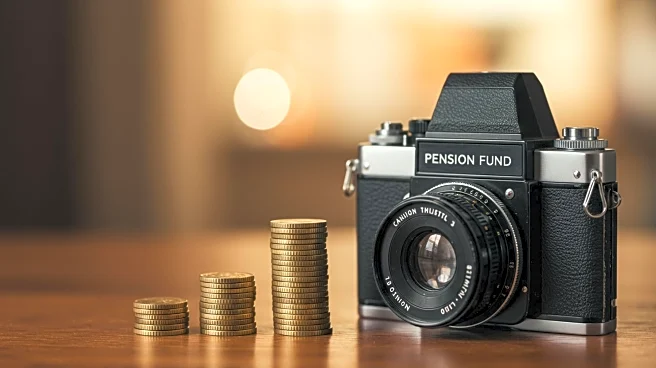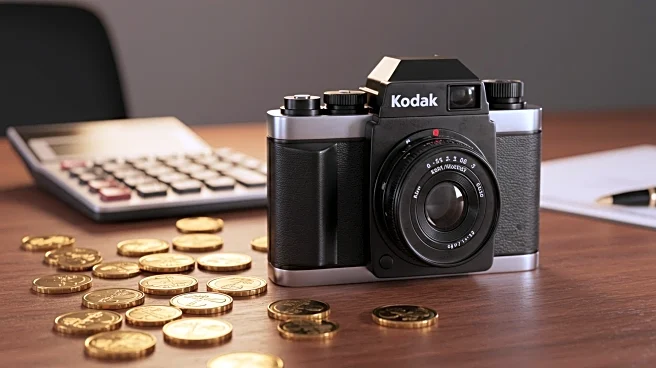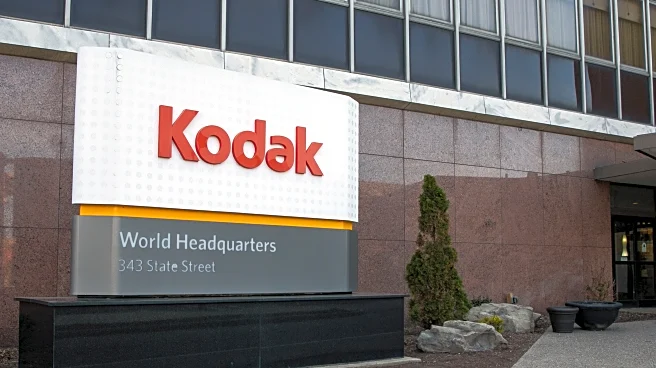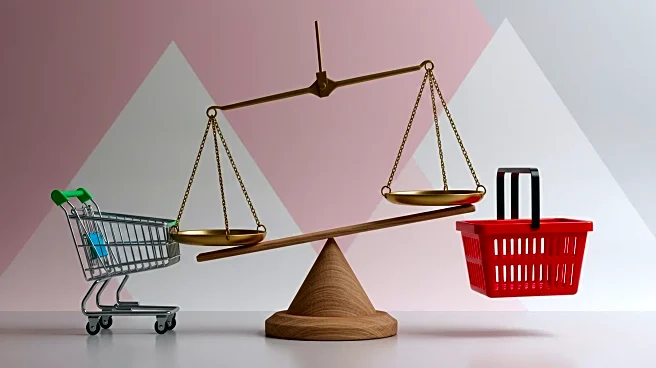What's Happening?
Kodak has announced its confidence in managing its debt obligations, aiming to pay off a significant portion of its term loan before it is due. The company plans to use approximately $300 million expected from the reversion and settlement of its U.S. pension fund, the Kodak Retirement Income Plan (KRIP), by December. However, the completion of the KRIP reversion is not entirely within Kodak's control, which has led to concerns under U.S. GAAP accounting rules. Kodak asserts that once the reversion is completed, it will be nearly net debt-free, significantly strengthening its financial position.
Why It's Important?
Kodak's strategy to manage its debt is crucial for its financial stability and long-term viability. Successfully executing this plan could prevent potential shutdowns and reassure stakeholders about the company's future. The reliance on the KRIP reversion highlights the challenges companies face in managing pension obligations and the impact of accounting rules on financial planning. Kodak's approach may serve as a case study for other companies dealing with similar financial pressures.
What's Next?
Kodak will focus on ensuring the successful reversion of the KRIP to secure the necessary funds for debt repayment. The company may also explore additional refinancing or restructuring options to manage its remaining obligations. Stakeholders will be closely monitoring Kodak's financial maneuvers and the outcome of the KRIP reversion, which could influence investor confidence and market perceptions.












